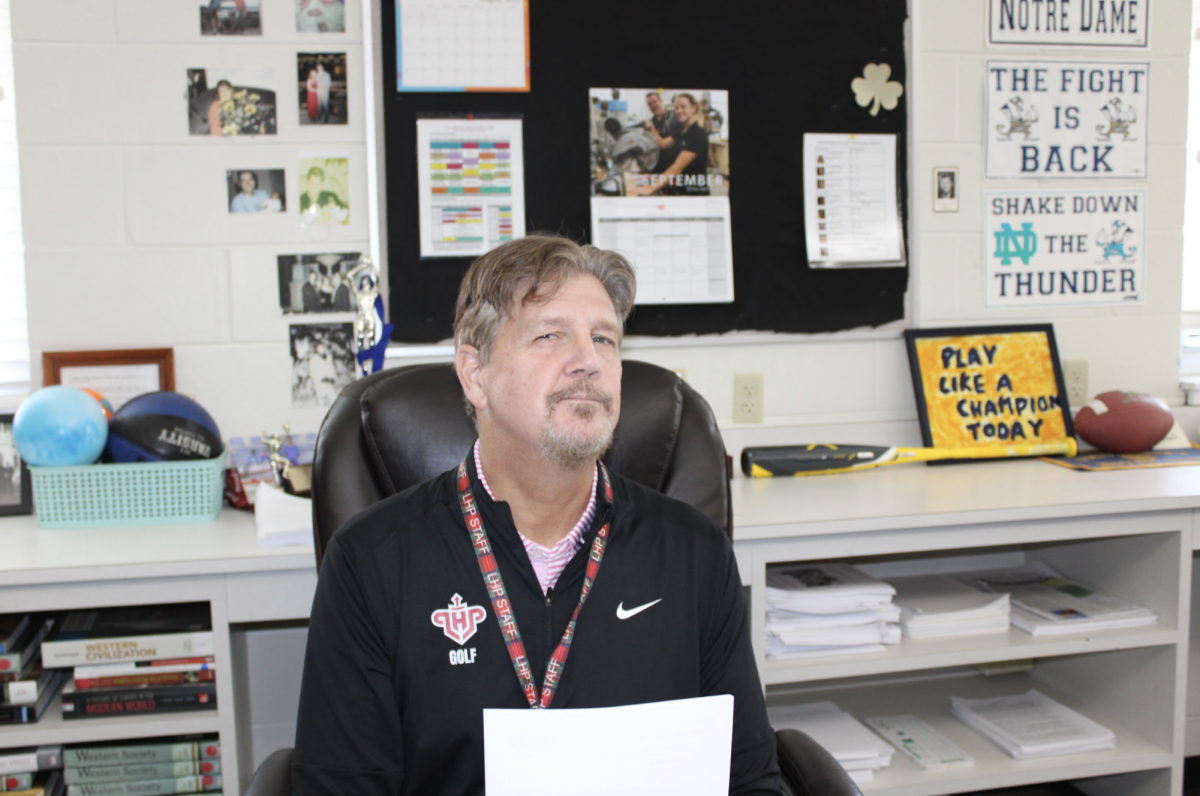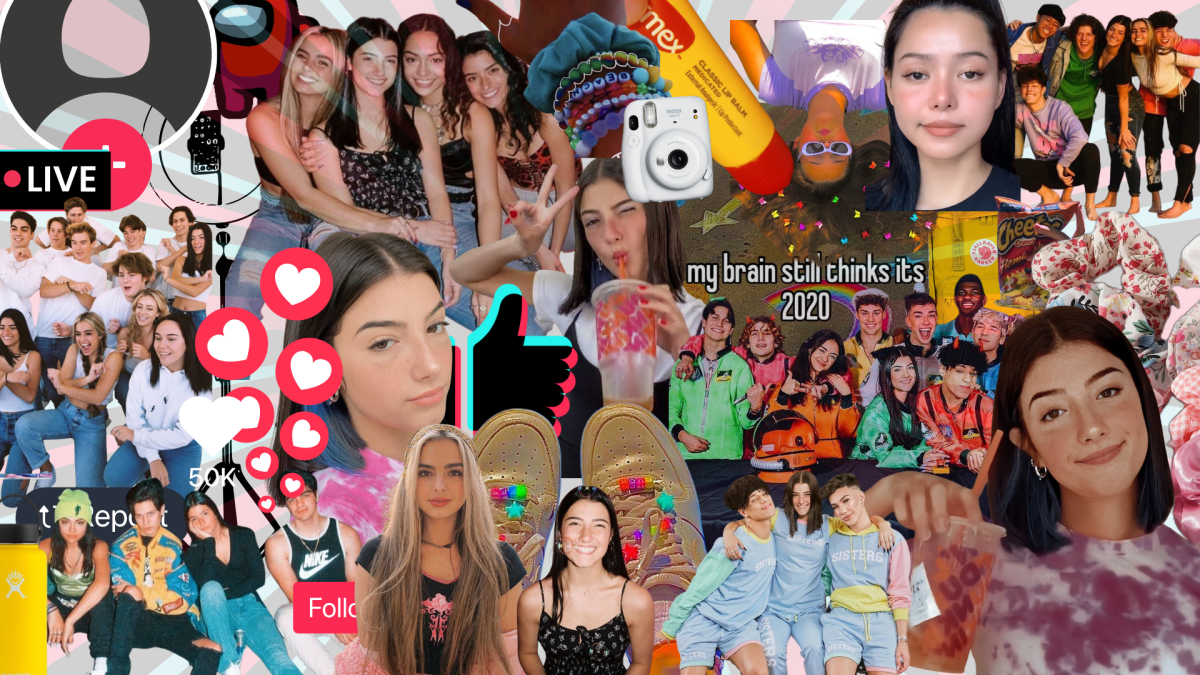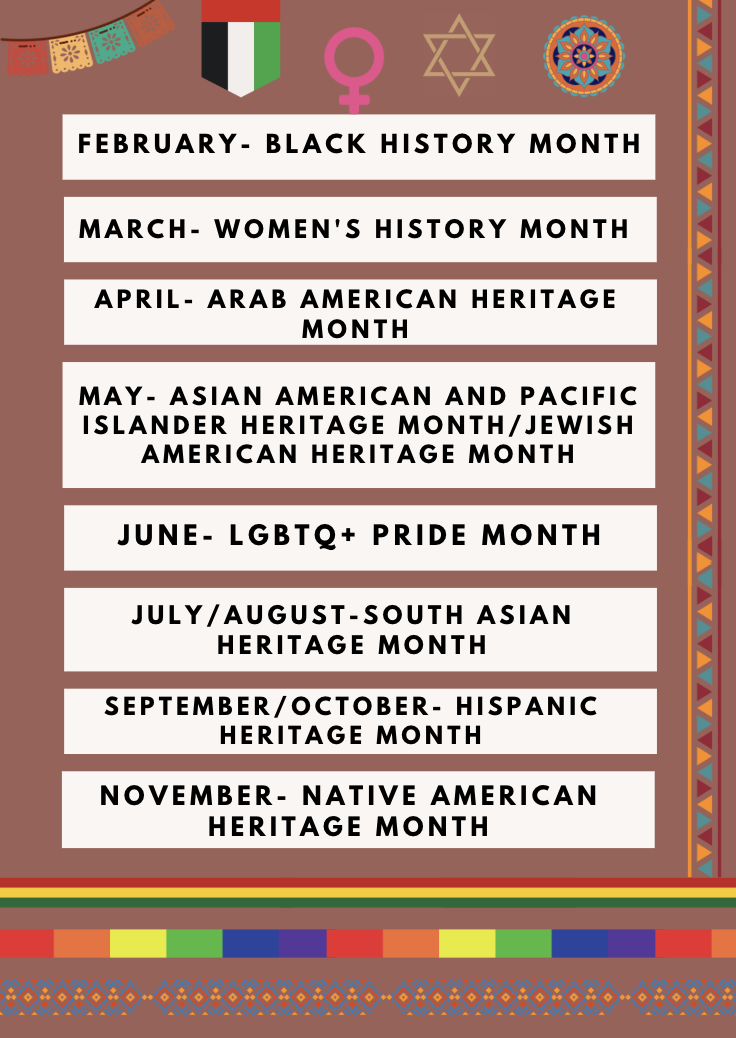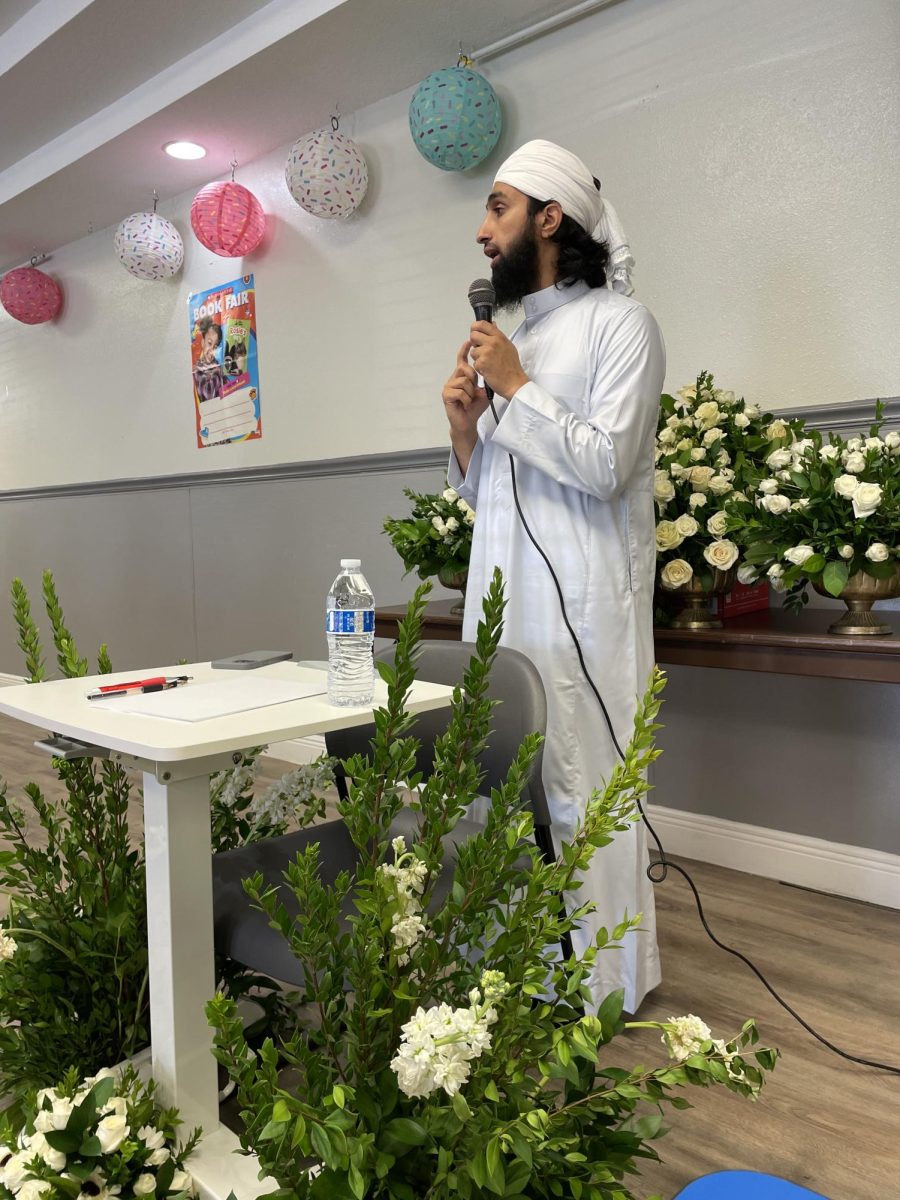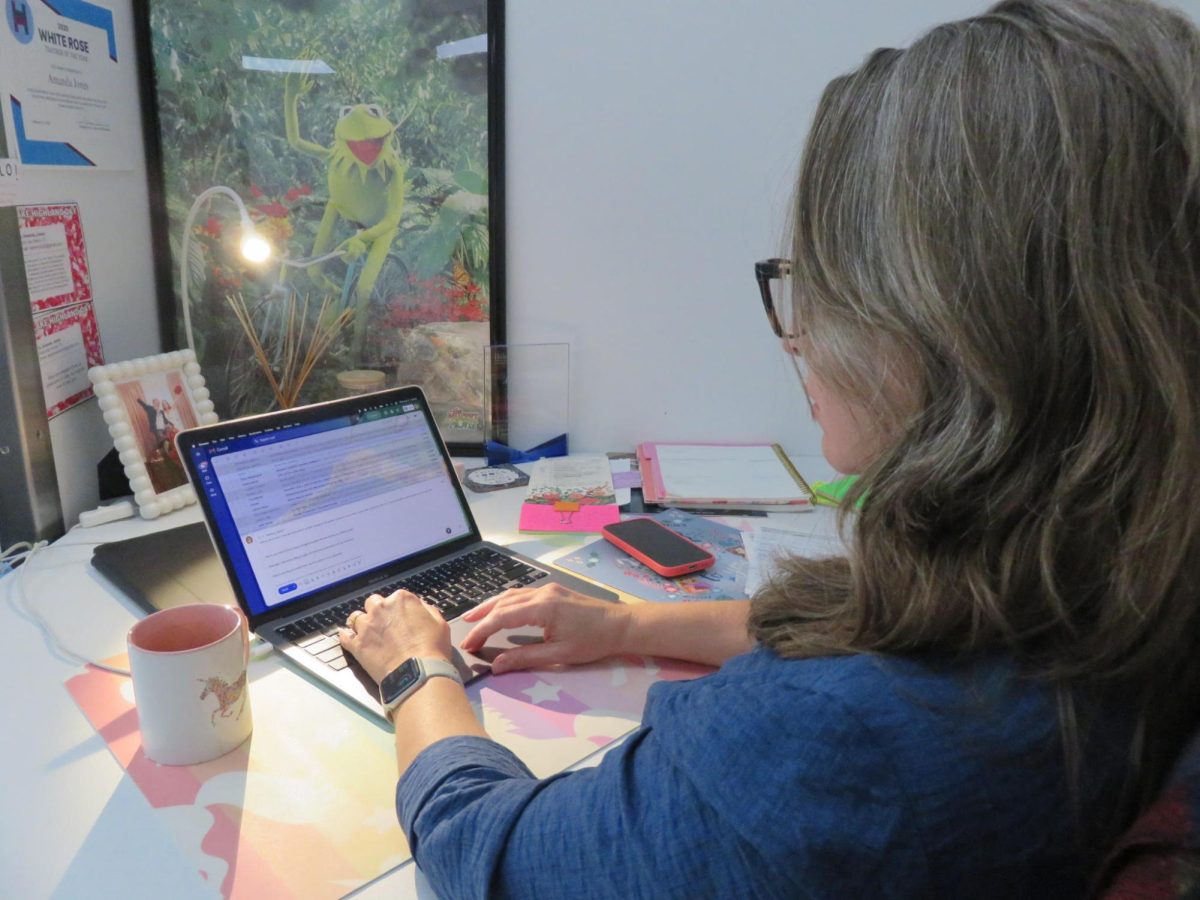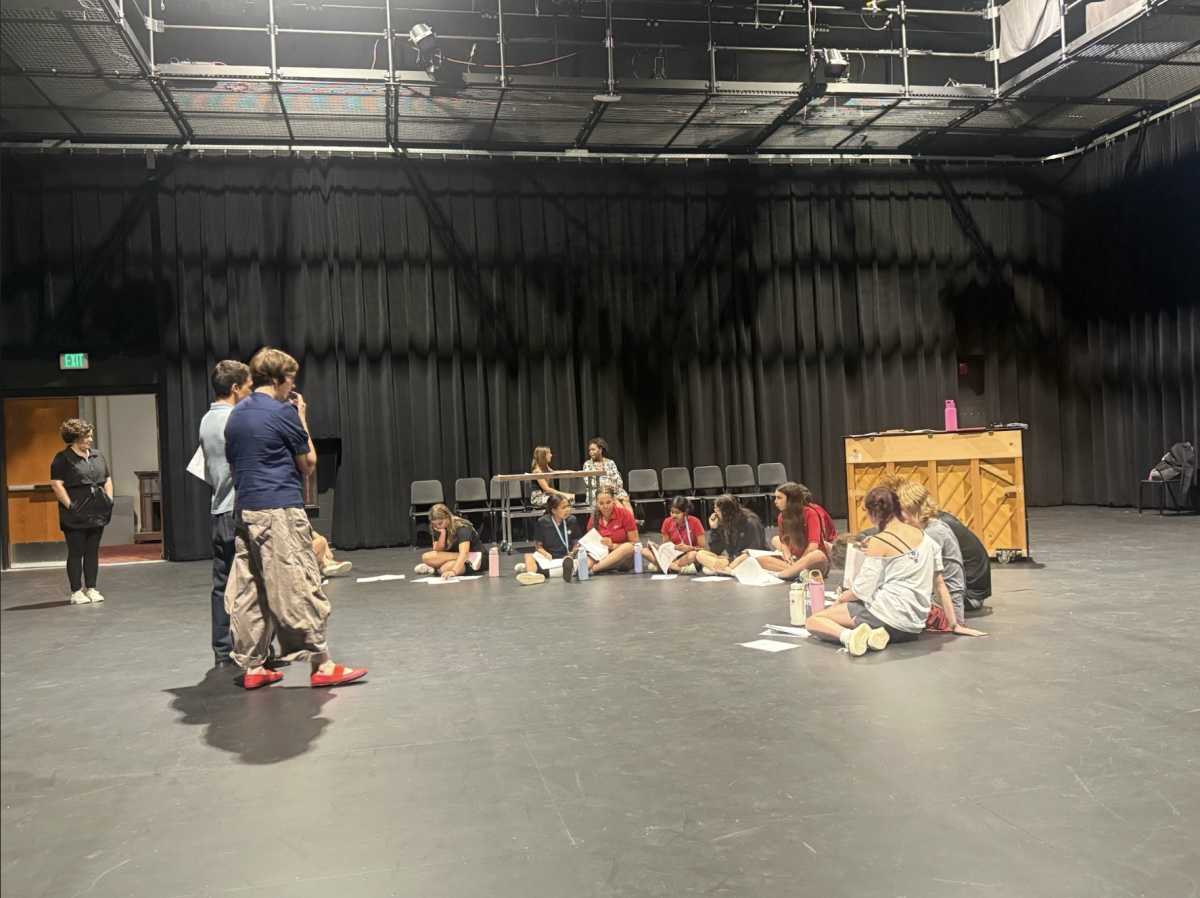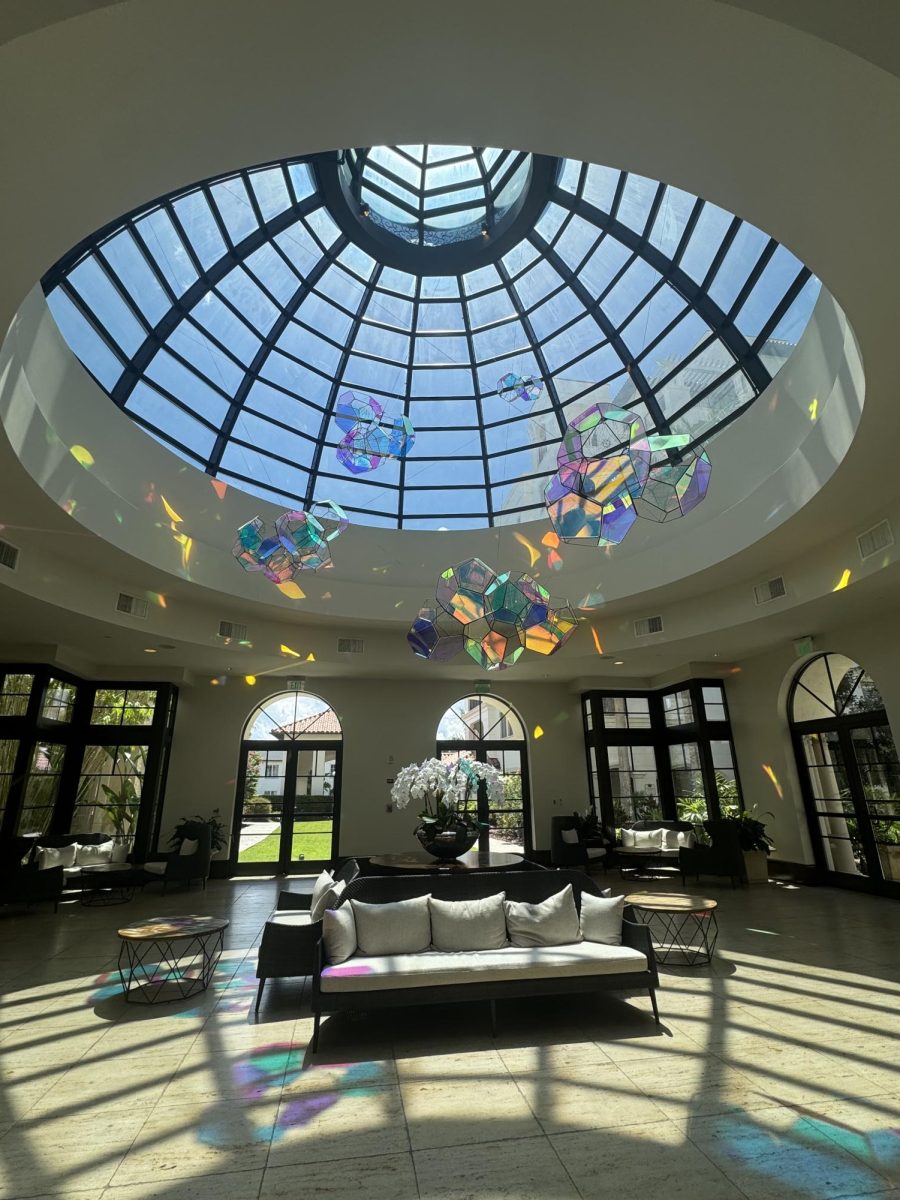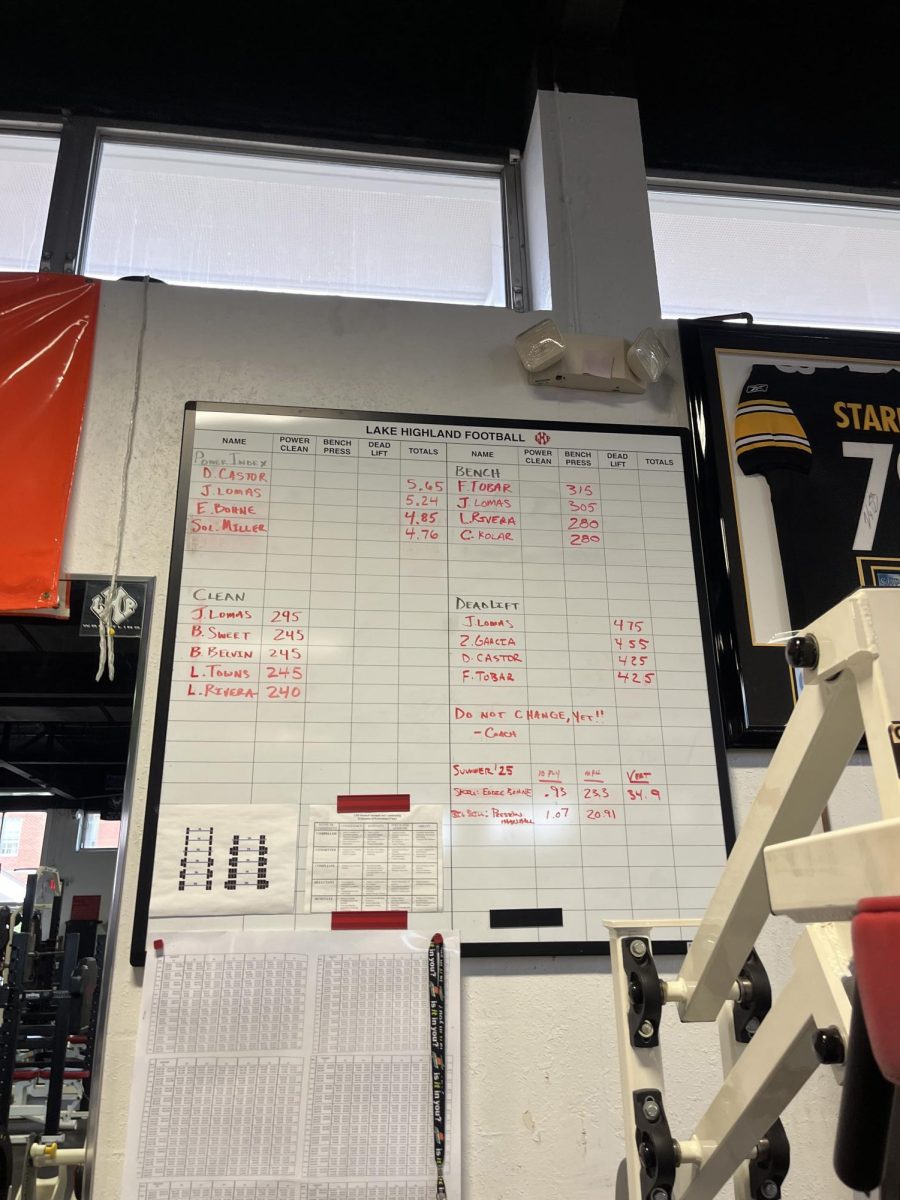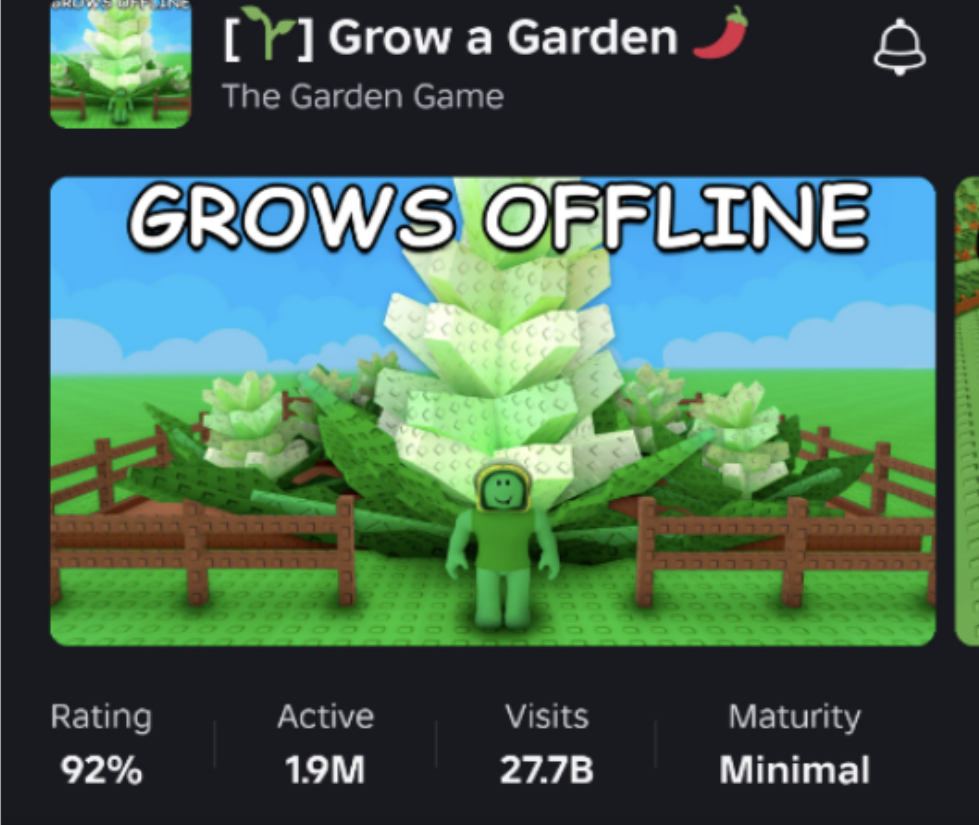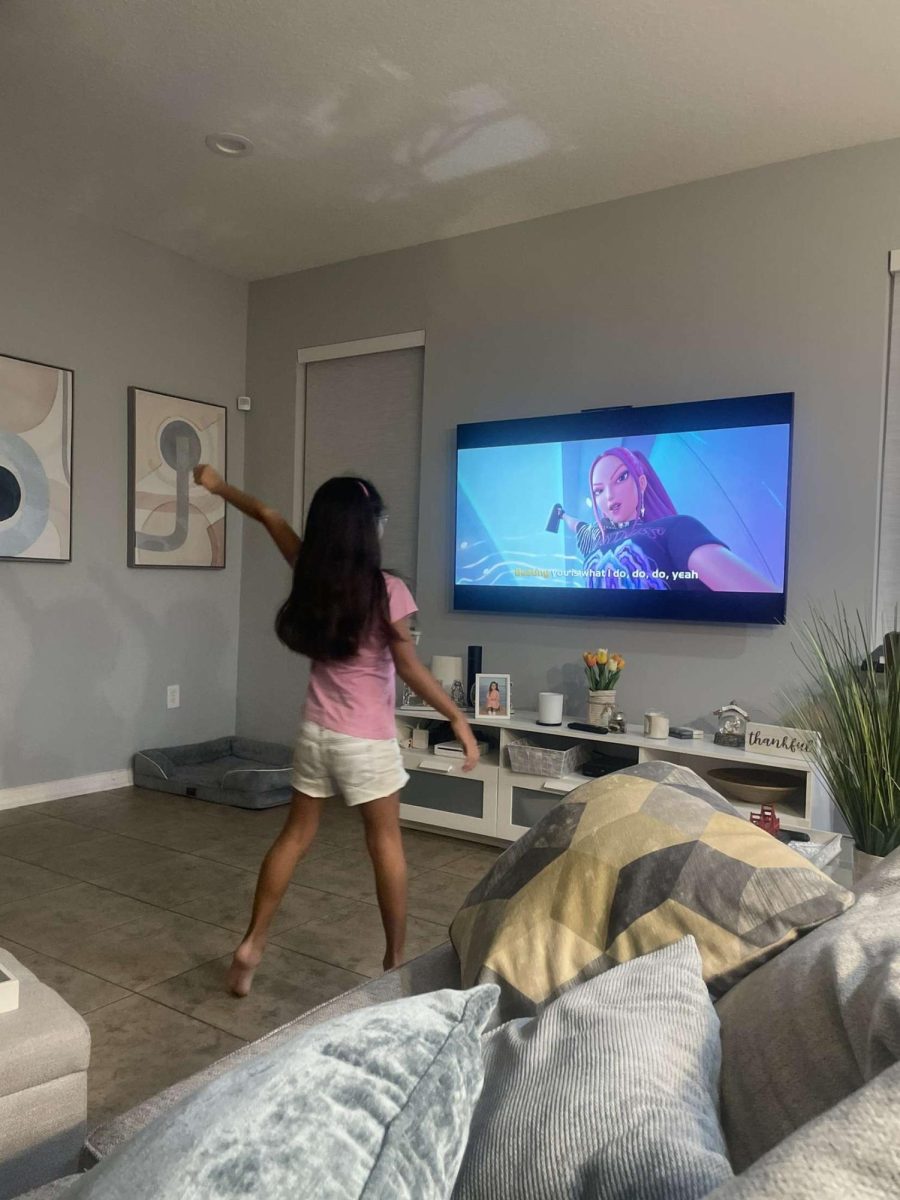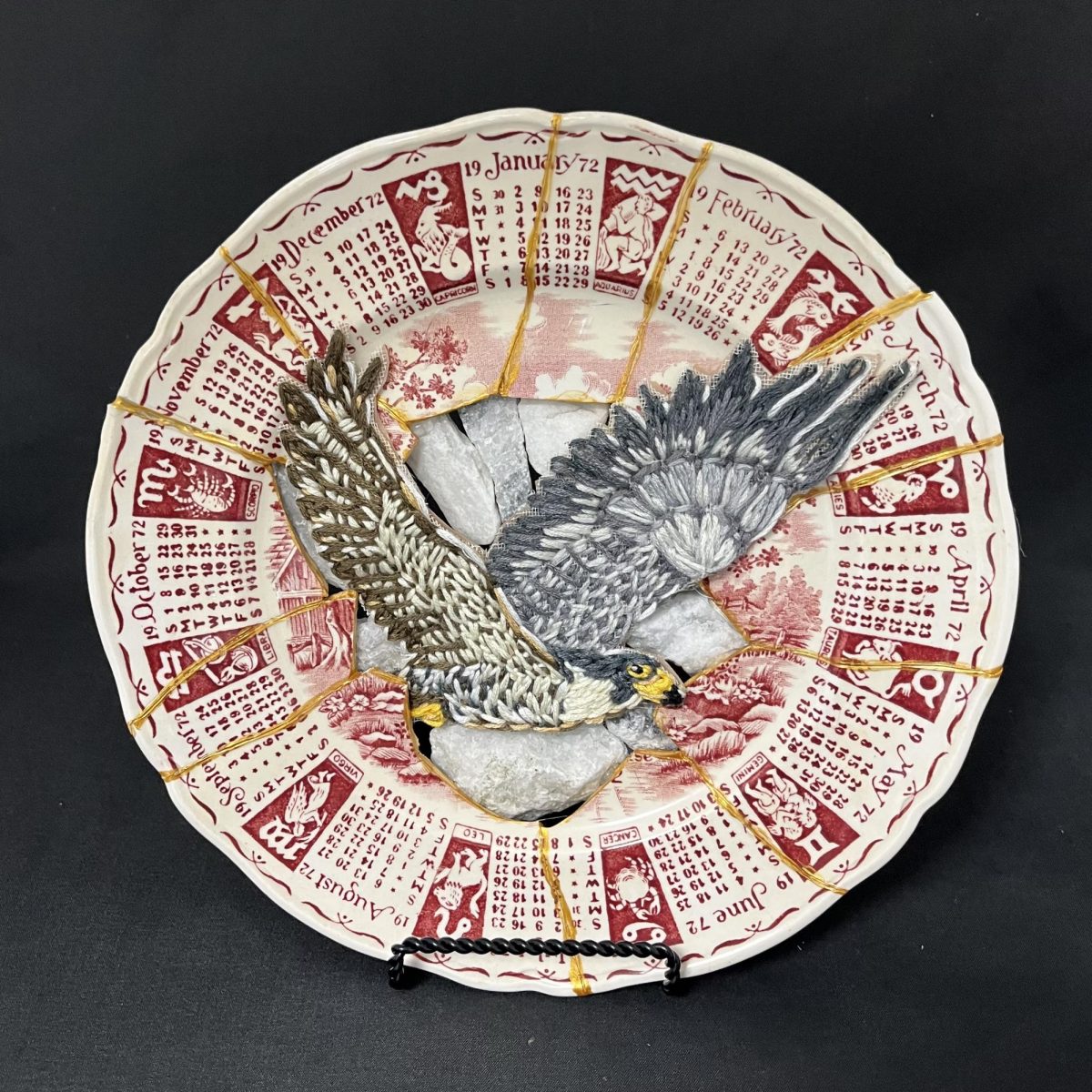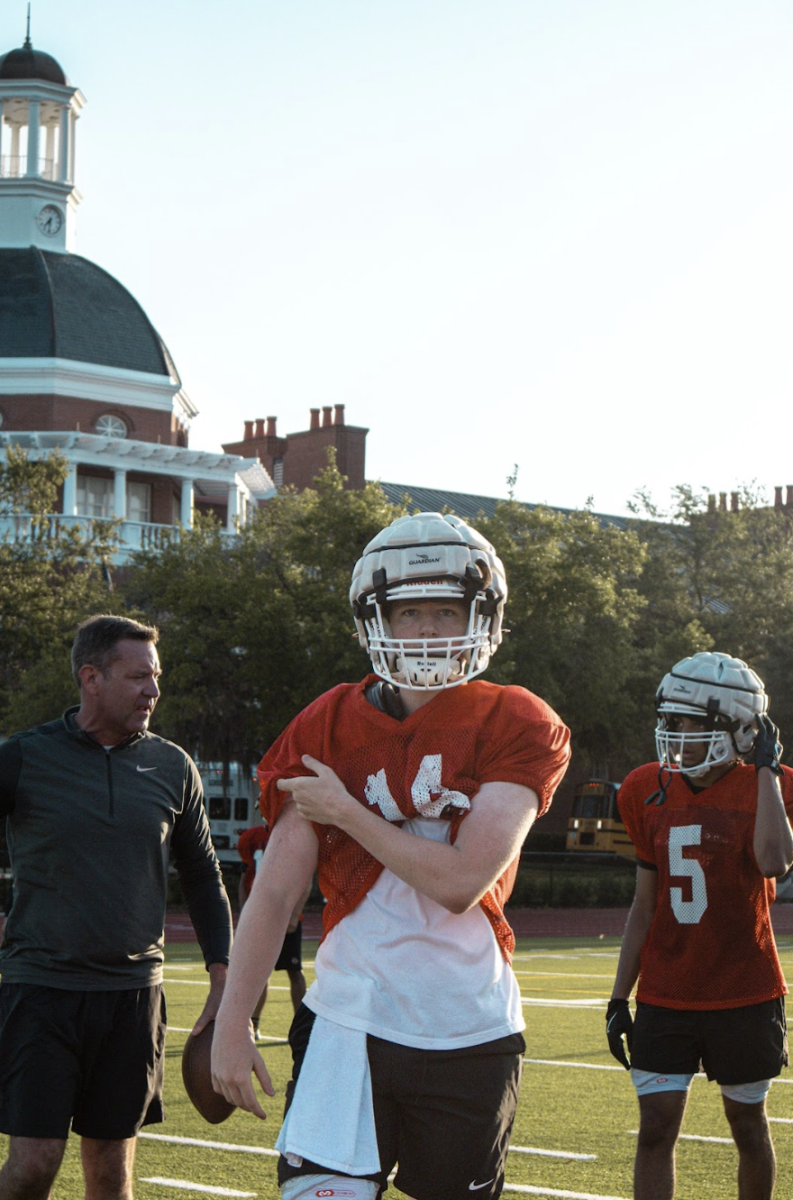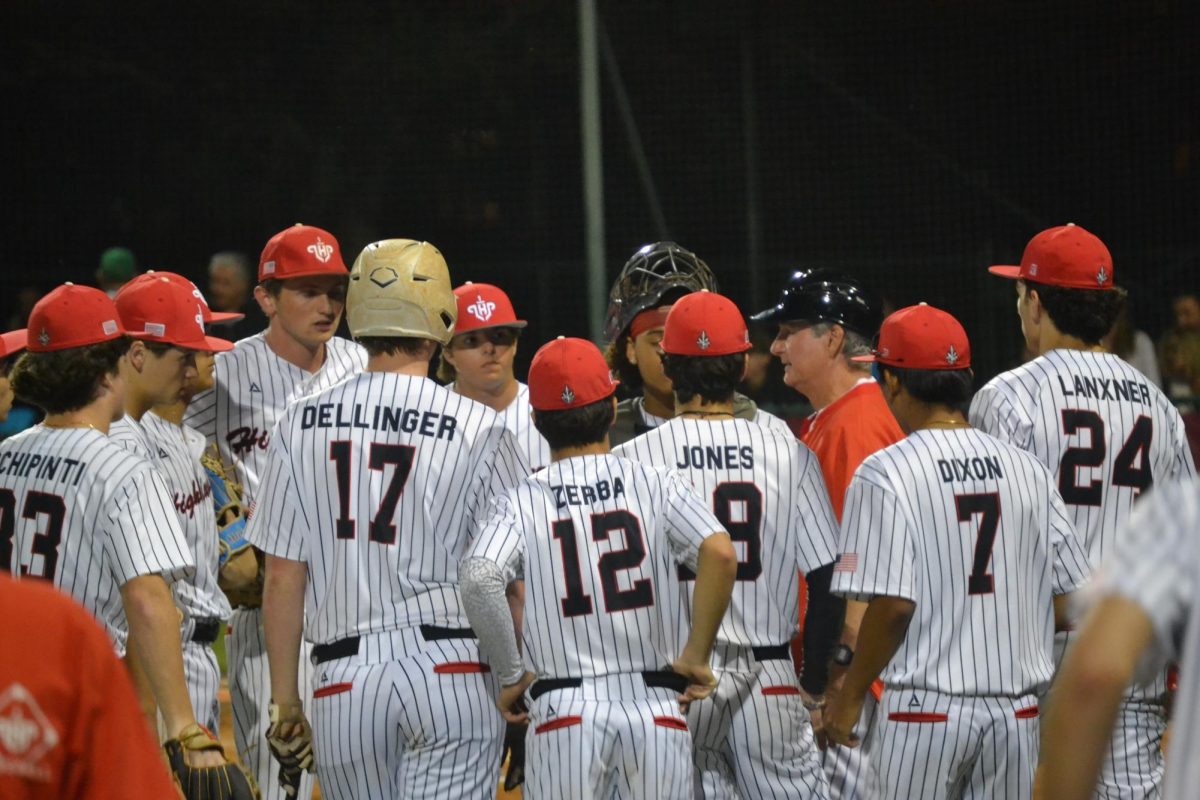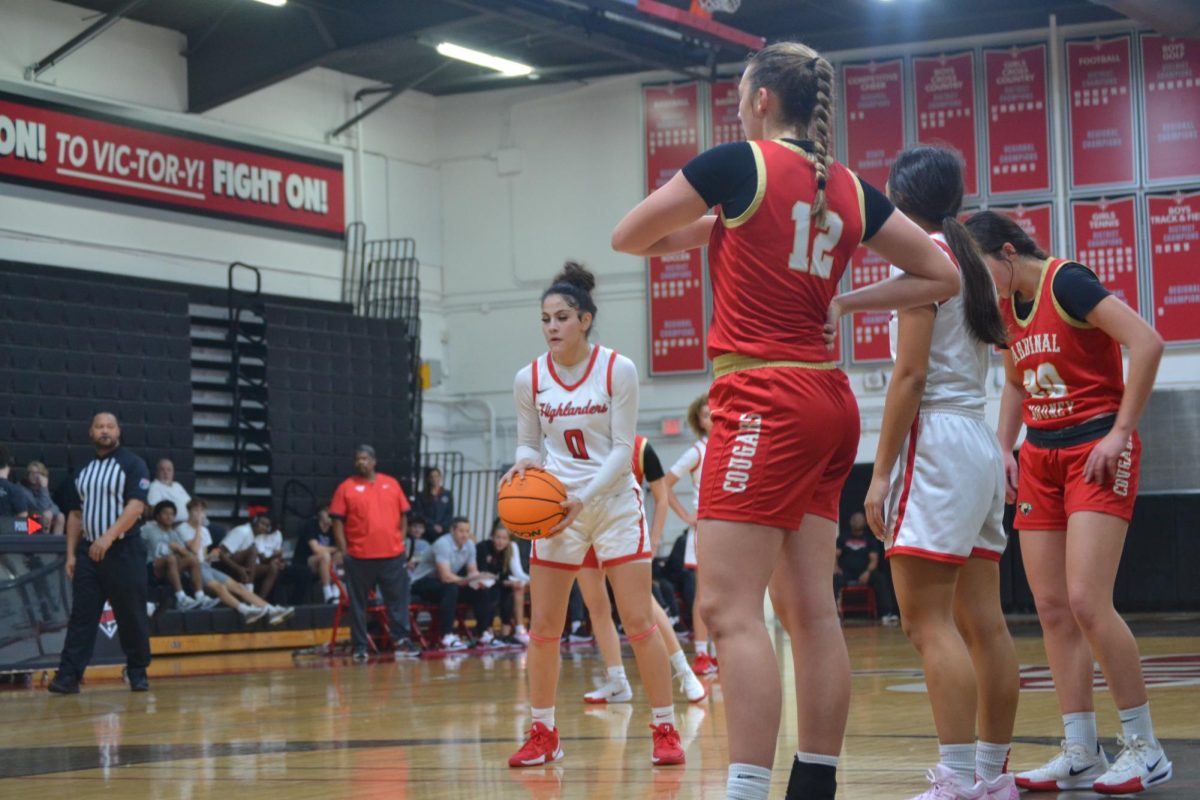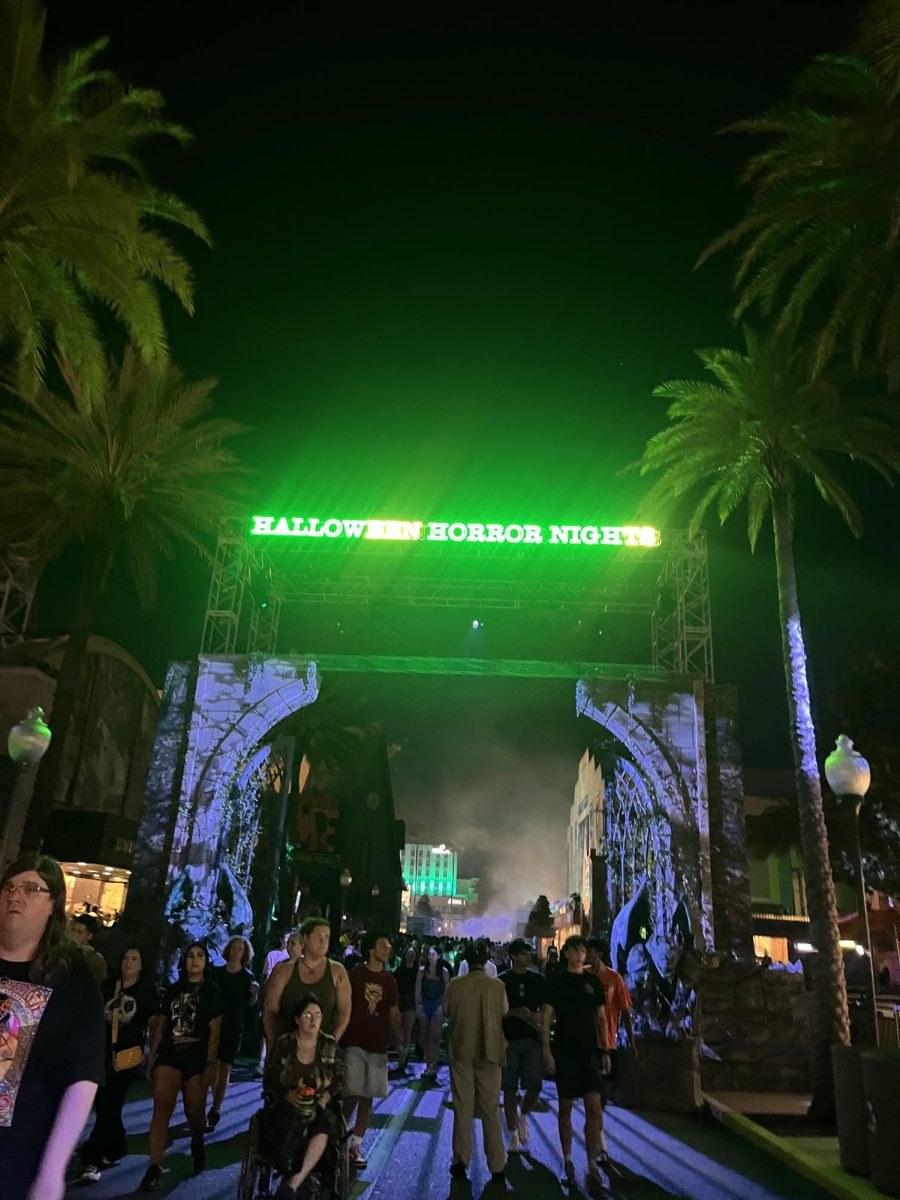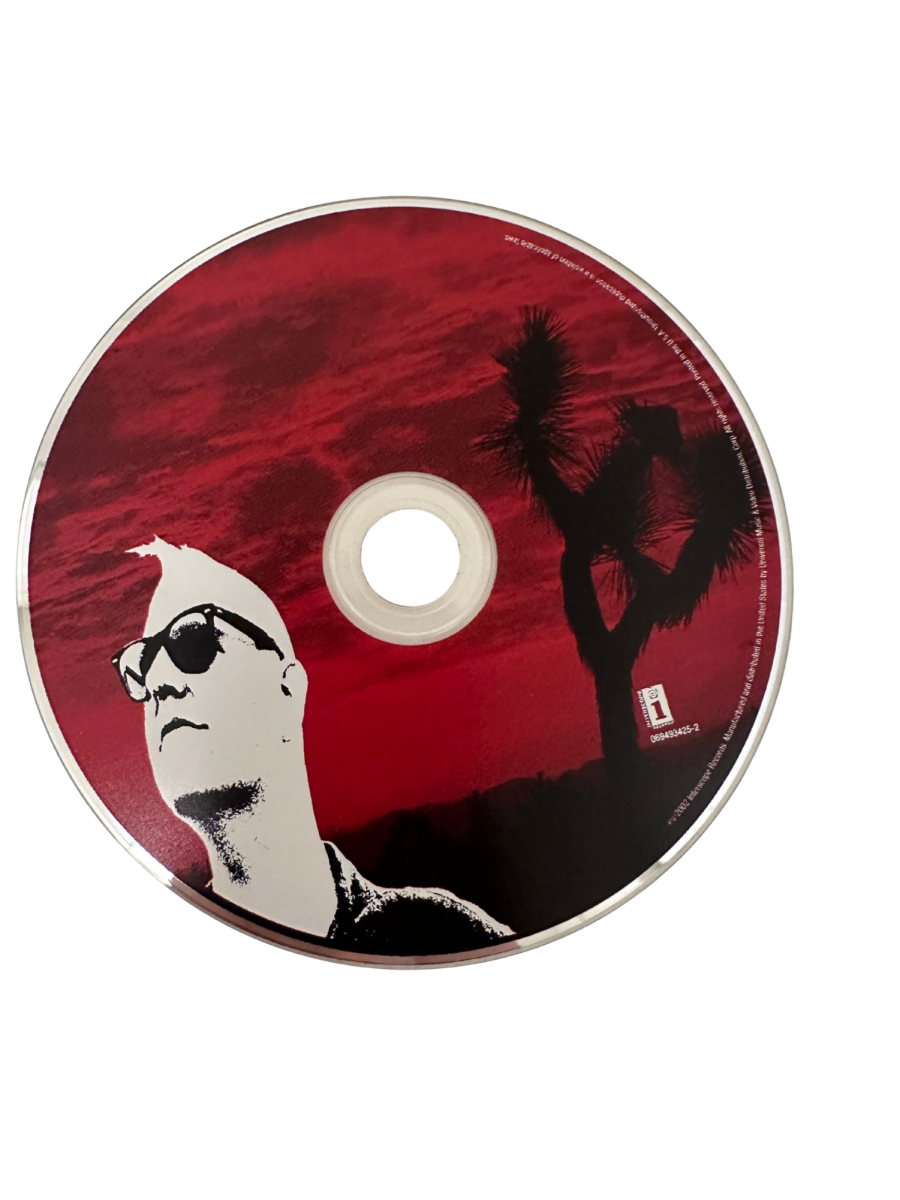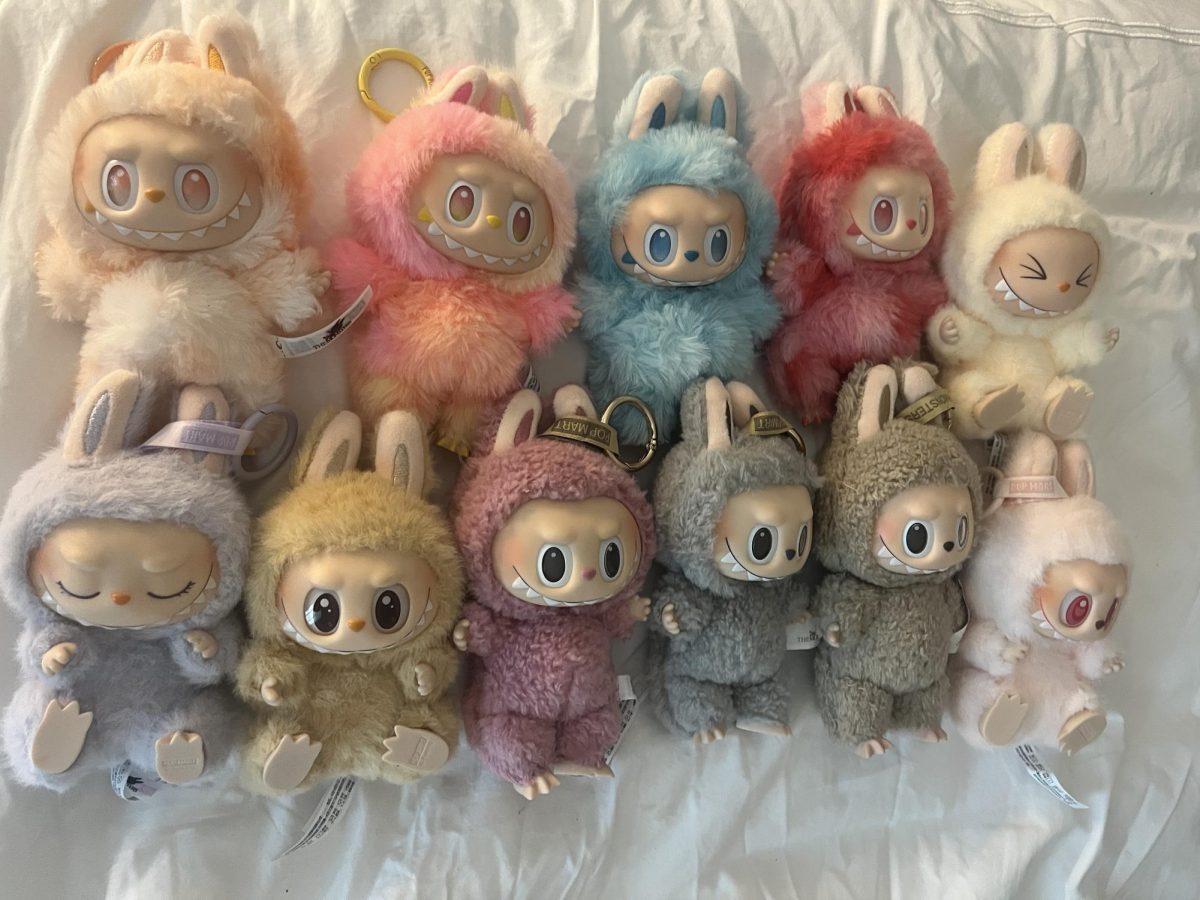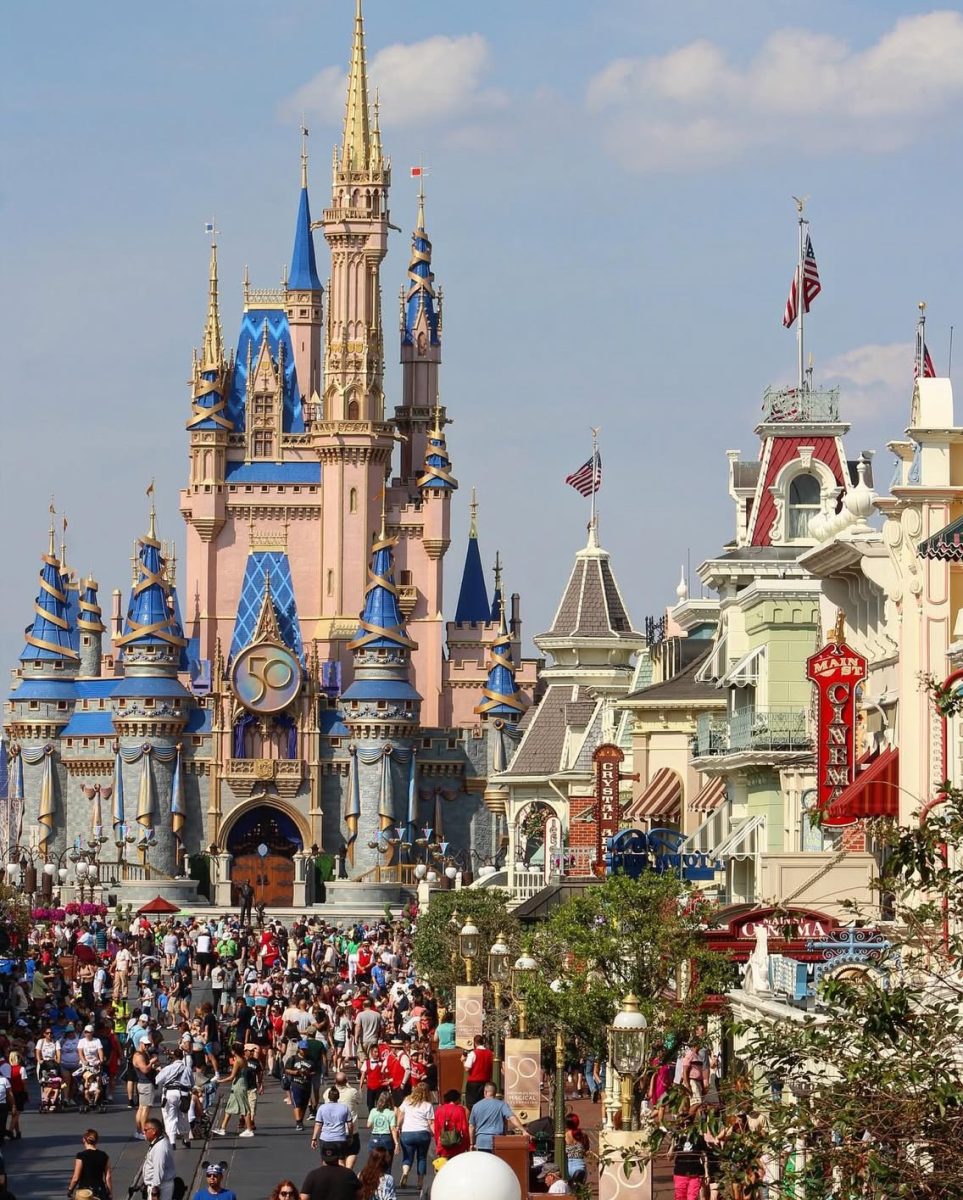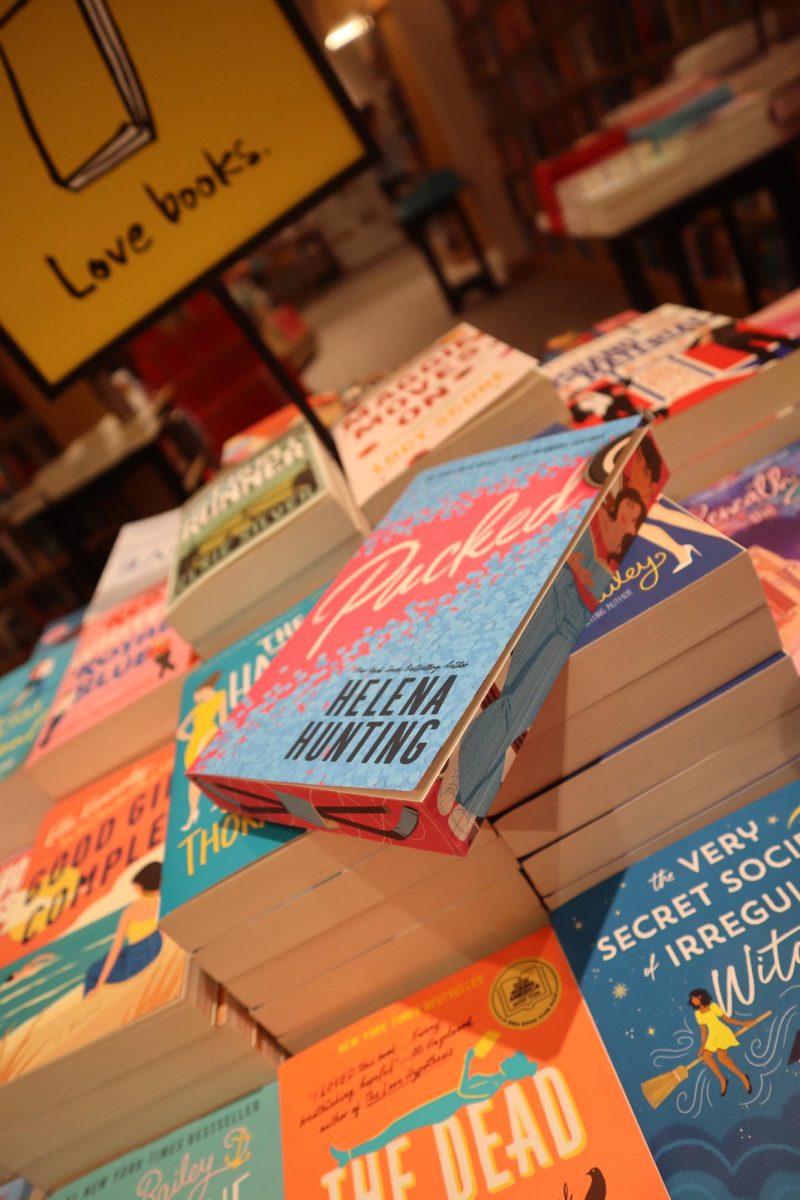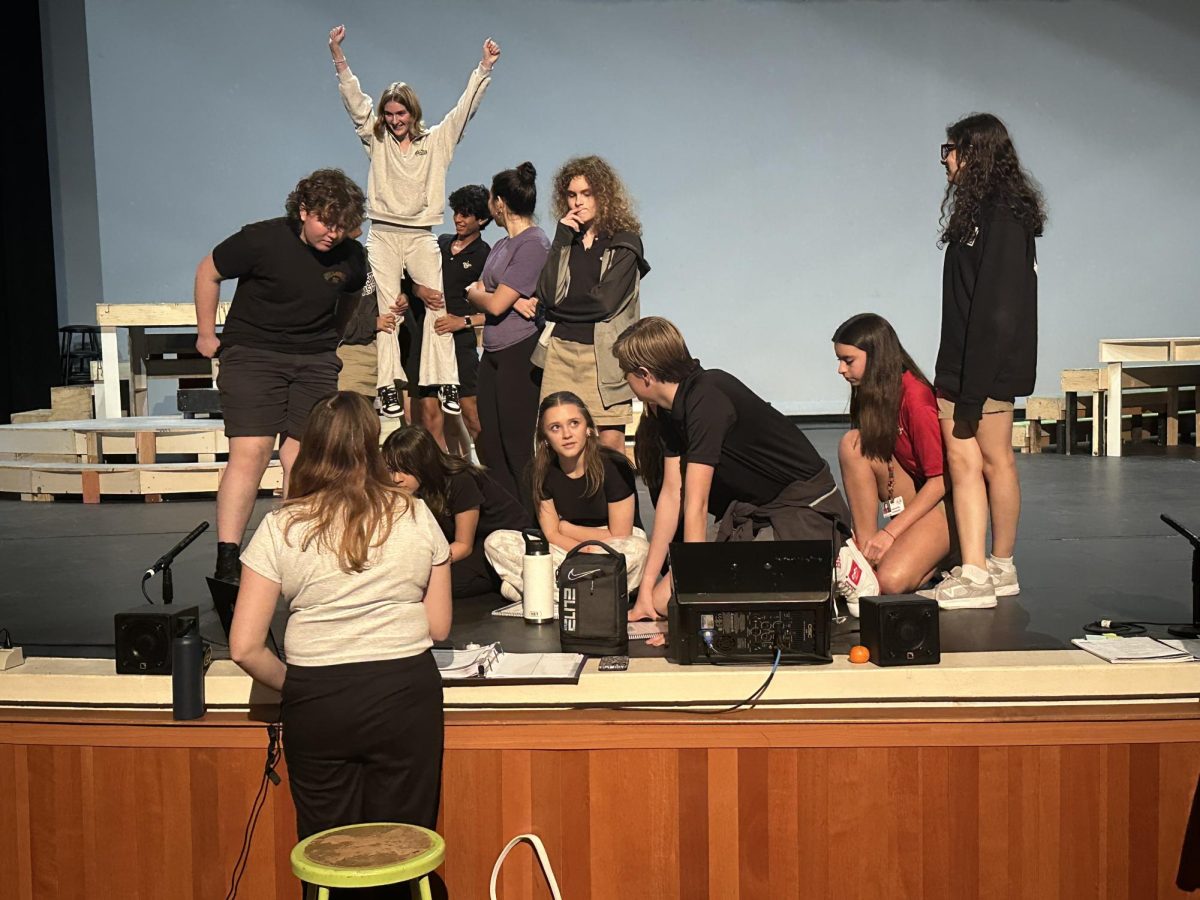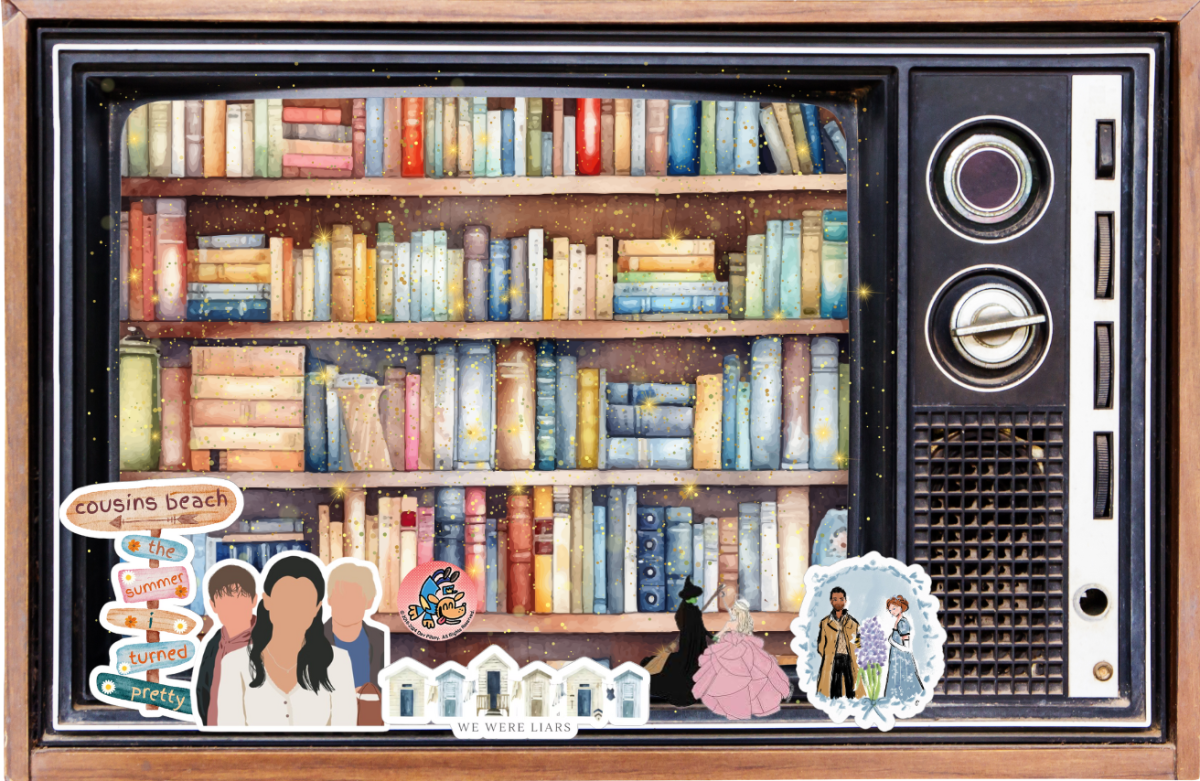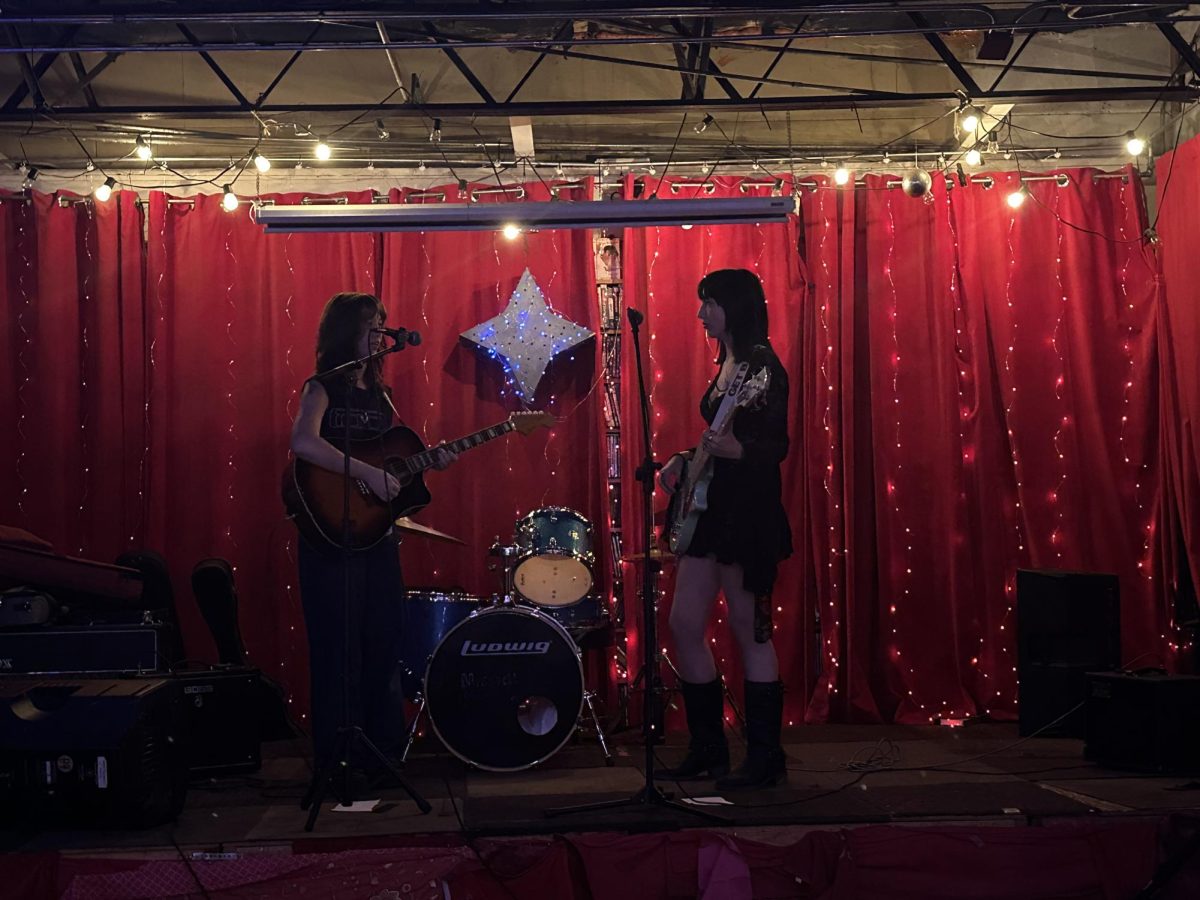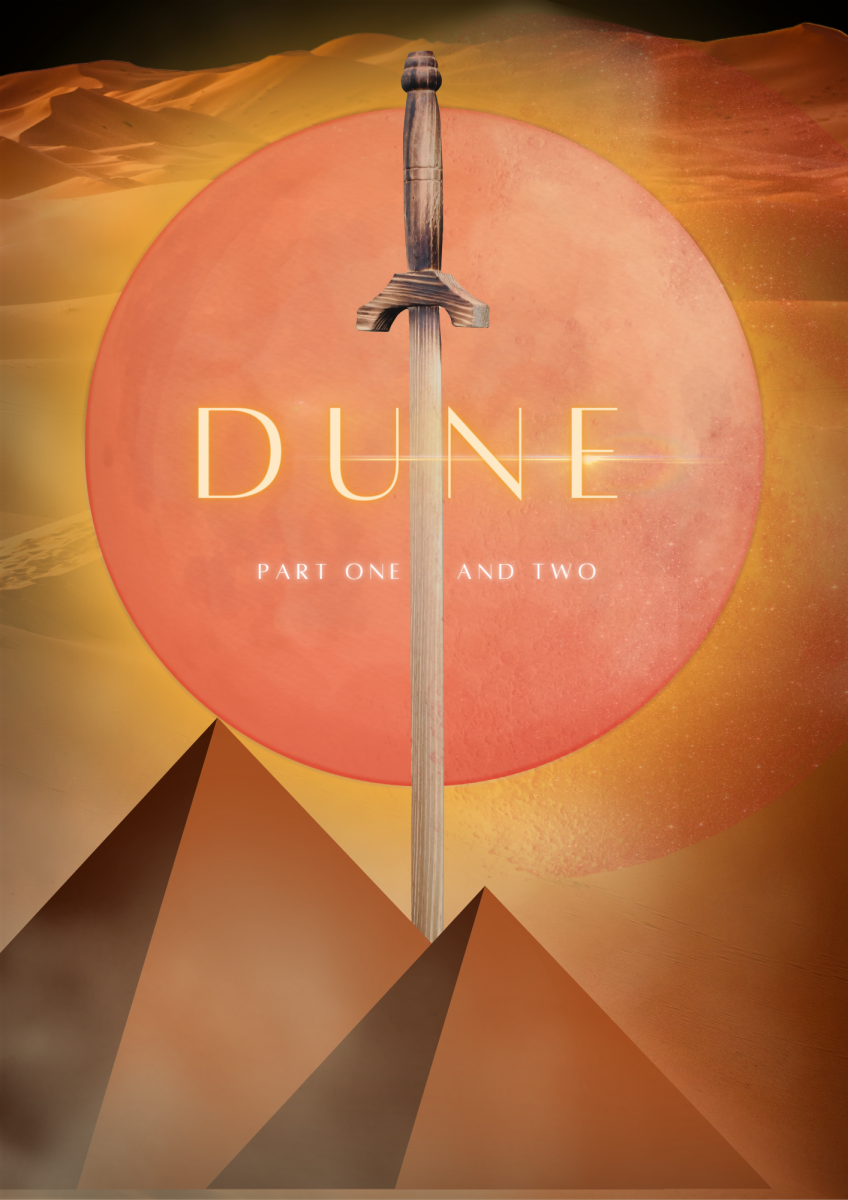Sometimes, we go to the movies for entertainment. The plot, the actors, the set design—all of it adds up to the quote/ unquote “movie experience.” Then there are times when going to the movies is about experiencing a work of art. For this to happen, the film would need to pay excruciating attention to detail, from the score and the lighting to the pacing of the story, and still tie it all together with soul. It would need to capture the eyes, ears, and hearts of viewers. And in the special case of an adaptation of a beloved novel, it would need to win over diehard fans of the original text as well as bright-eyed fans willing to fall in love with it for the first time. And this, dear movie lovers, is precisely what Dune Part One was able to do.
Many of my friends shook their heads, saying they couldn’t finish this two and a half-hour film. It was too slow and too long, they said. Watching the film, one could get the gist that there was a house rivalry (Atreides versus Harkonnen) over a planet (Arrakis) that had a precious material (“the spice”) integral to the functioning of the universe (some 20,000 years in the future), but the names of everything and everyone were too hard to pronounce and too complicated to remember. It’s true; there is a bit of a learning curve as Frank Herbert, the author of the original Dune series, created a universe that stretches 15 books long. But the ability to appreciate a masterpiece isn’t reliant upon one’s capability to memorize the mythical practices of the Bene Gesserit or the names of the terrifying sand creatures in the desert. Instead, I encourage you to look past the jargon and allow yourself to sink into this meticulously crafted world.
The 2021 adaptation by Denis Villeneuve of the 1965 novel was the second one of its kind. The first was made in 1984 and was directed by David Lynch, who denounced his own attempt, and indeed, the film had been met with scathing reviews. When Villeneuve stepped up to the task, he was already known for critically acclaimed sci-fi films such as Arrival, starring Amy Adams, and Blade Runner 2049, starring Ryan Gosling and breakout star Ana de Armas. The Canadian filmmaker became a die-hard fan of the Dune series when he was 14, and 42 years later, he was finally living his dream. Villeneuve learned from his forerunner and decided to split his rendering into two parts, the second of which was released in theaters on March 1, 2024.
Dune Part One centered around a young man, Paul Atreides, who has recently become the ruler of Arrakis upon his father’s, Duke Leto’s, death. Arrakis is a desert planet and is the only source of “spice,” a kind of drug that allows for interstellar travel. Paul and his mother, Lady Jessica, embark on a journey of fighting for their survival, meeting the Fremen, the natives of Arrakis, and catching glimpses of a future universal war in Paul’s name. The film ends as Paul joins the Fremen, and the stage is set for the prophetic war to come. On paper, it could sound like any generic sci-fi dystopian story, but after seeing Villenueve’s version on the big screen, it becomes something else entirely. Gone are the sleek silhouettes and the reflective surfaces. Instead, the costumes and set designs look more classical and evoke European antiquity. Villenueve was adamant about breaking free from any overused science fiction stereotypes. He wanted to make the film feel more grounded, and as viewers, we come to innately understand that this is a society so far into the future that humanity has decided to abandon technology.
The costume designers Jacqueline West and Bob Morgan reached into real-world history to find touchstones for their work. For example, the royal family’s clothing was fittingly reflective of the Romanovs, a monarchy known for its infamous downfall. The free-flying robes of the Fremen mirrored the robes of the Tuareg, the Blue Men of the Sahara Desert, that West had become fascinated with when she went to visit Morocco. Everything created had an intention and a specific reference point. The care that goes into the costumes helps ground the actors as well, becoming a direct trigger for their character. Timothée Chalamet, as Paul Atreides, gave a stunning evolution of a sheltered boy into a young man believable of sparking a holy war. He gave a realistic portrayal of someone who was quickly forced to carry an unspeakable weight on his shoulders. Rebecca Ferguson, as Lady Jessica, a follower of the Bene Gesserit sisterhood, simmers in a perfect balance of vulnerability and power. Her fierceness is elegantly offset with a quiet and deadly grace that makes her mesmerizing to watch. Oscar Issac, as Duke Leto, captures the part of the strong and benevolent ruler, becoming a role model that his realm deeply admires and respects.
And for the next installment, there’s no denying that the cast of Dune Part Two will be even more star-studded. Chalamet and Ferguson will be reprising the roles of Paul Atreides and Lady Jessica, respectively. Audiences will be seeing much more of internet-darling Zendaya as Chani, one of the Fremen that Paul sees in his visions, as well as new characters portrayed by Florence Pugh, Austin Butler, and Léa Seydoux.
Dune Part One took home six Oscars in cinematography, editing, production design, visual effects, score, and sound. And after experiencing the movie in IMAX, there is no doubt in my mind of Villeneuve’s, as well as Hans Zimmerman’s, genius. The Sardaukar chant at the beginning of the movie slams like a cannonball into your head. Zimmerman had opened up the syllables between the man’s voice and then outrageously compressed it beyond recognition. He created entirely new sounds and instruments so that when the speakers are tuned to their booming limit, the audience is teleported into a world where the whispering of sand slipping through fingers sounds like an ancient murmuring mage. Villeneuve chose to film in a format fit for IMAX, so with the combination of visuals, sound, precise editing, and daunting visual effects, I implore you to watch it on the big screen.
At the heart of it, no matter if there are alien species or women with mythical abilities, it’s still the same story. It’s the human tale of people bonding together to try to do the best for the ones they love. Which is why, no matter how many years from now, movies and stories like Dune will still be prying open the hearts of many. With Dune Part Two already blowing up social media feeds from the show-stopping red carpet moments, there is a grand hope that this prediction lives up to its expectations. But of course, due to the forward-flowing constraint of time, the audience will have to be the final judge.
